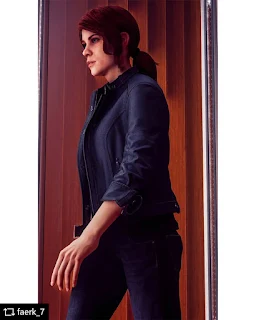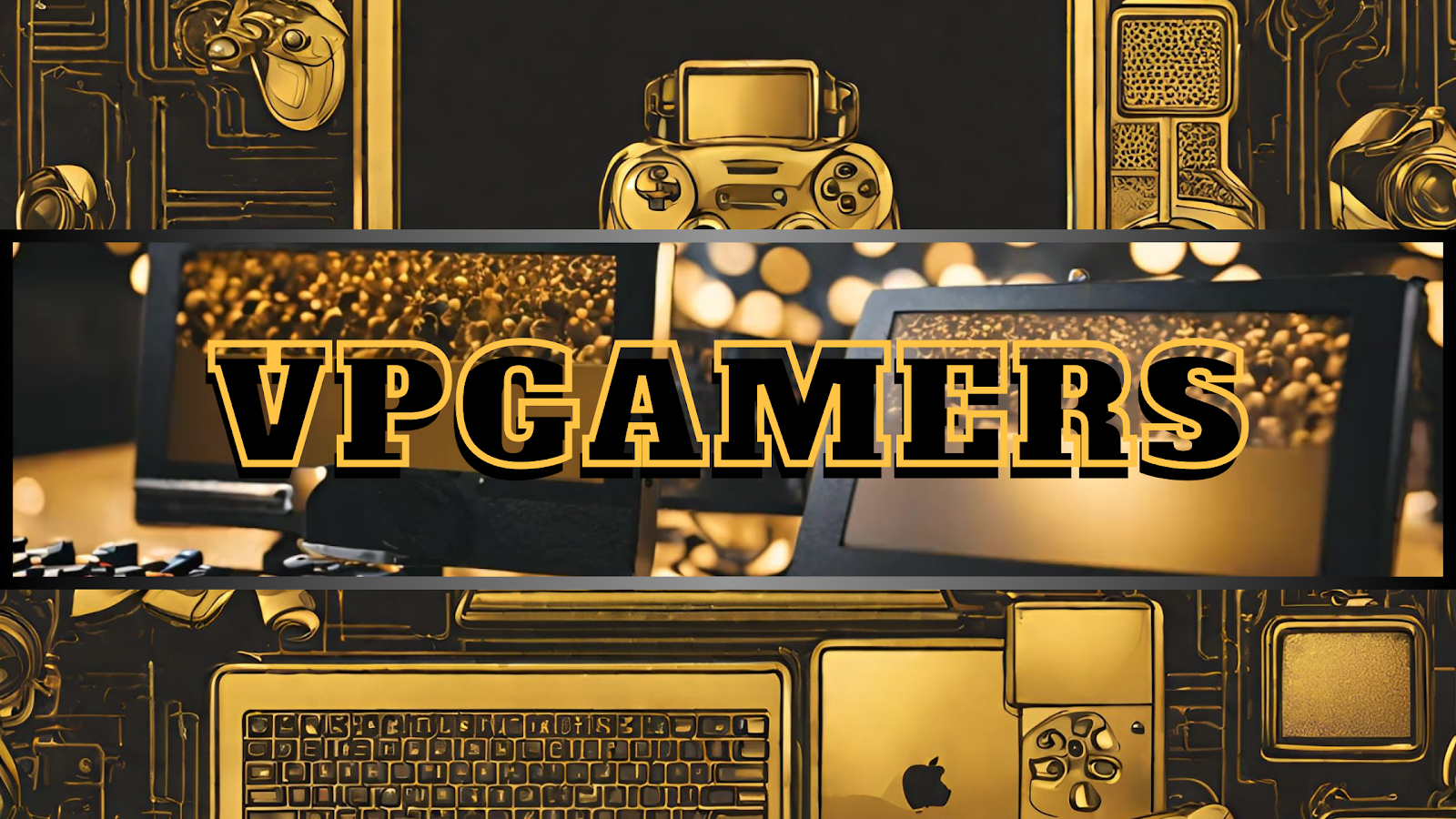Control by: Remedy Games
A few years ago Remedy Games released Quantum Break, an ambitious attempt to merge television with gaming. While the concept of merging a game and a TV show may have sounded interesting in theory, it ultimately fell apart in the final release. Control feels like the developers studied what went wrong in Quantum Break and tried to learn from their mistakes.
 |
| Photo By: @16bit.ninja |
Control is not an easy game to describe...
 It feels difficult to slide Control into any one style of gaming. Certainly we can see the influence of previous titles. One can draw comparisons to Half-Life (1998). The whole concept of the Oldest House as a top-secret research facility based on studying extra-dimensional phenomena that is invaded by something from another dimension calls to mind the Black Mesa Research Laboratory (albeit now with significantly less OSHA violations, though some are still notable). There is even the concept of “resonance” playing into the game’s dimensional physics (reminiscent of the “Resonance Cascade” that sets the Half-Life games into motion). Furthermore, one of the first powers the player gets is Telekinesis, an ability that works a lot like Half-Life 2’s gravity gun (as well as similar mechanics in Bioshock, Prey, and Dishonored).
It feels difficult to slide Control into any one style of gaming. Certainly we can see the influence of previous titles. One can draw comparisons to Half-Life (1998). The whole concept of the Oldest House as a top-secret research facility based on studying extra-dimensional phenomena that is invaded by something from another dimension calls to mind the Black Mesa Research Laboratory (albeit now with significantly less OSHA violations, though some are still notable). There is even the concept of “resonance” playing into the game’s dimensional physics (reminiscent of the “Resonance Cascade” that sets the Half-Life games into motion). Furthermore, one of the first powers the player gets is Telekinesis, an ability that works a lot like Half-Life 2’s gravity gun (as well as similar mechanics in Bioshock, Prey, and Dishonored).
The plot begins...

However, the developers do seem to have fun with the various collectibles Jesse can obtain. For instance, in addition to Darling’s videos and documents, there is also the in-universe series “Threshold Kids.” Ostensibly, this is a children’s show (also filmed in live action) designed to teach kids staying at the Bureau about the strange occurrences they might experience—a function deliberately undermined by its unsettling puppets and weird scripting choices. Like one where a puppet skeleton with a doll’s face attached to its head routinely yells at a child puppet while trying to teach her about different types of brains. These odd details seem to suggest the developers had fun coming up with stuff for the player to find. We can even see this reflected in the various everyday objects that also contain powers- a 1960’s-style telephone, a television, a refrigerator, and an x-ray machine, to name several.
The gameplay of Control is a mix of various styles. It incorporates aspects of shooters, puzzle-solving, platforming, parkour, and an open range of options for accomplishing objectives. There are also some RPG elements in the form of the player being able to upgrade Jesse, her weapon, or her powers to make her stronger, as well as optional side quests that provide more insight into the game’s lore.
 |
| Photo by: @dungend_photography |
The characters are compelling...
My personal favorite, outside of Jesse herself, was Emily Pope- a brilliant and extremely nerdy researcher. Dr. Darling, despite not actually appearing in-game (only showing up in live-action footage) does a pretty good job of explaining the various concepts that appear throughout.
But of course...
what really stands out are the various enemies encountered during the game. Most of the opposition comes in the form of infected humans who are controlled by various enigmatic figures. The Hiss itself is an abstract entity- we never really know who or what it is, what it wants, or why it is taking over the Oldest House. This is actually quite fitting as it makes it feel like something truly alien, something beyond our ability to completely understand. Some of the side quests also lead Jesse to confronting other weird alien creatures and bizarre occurrences.




Comments
Post a Comment